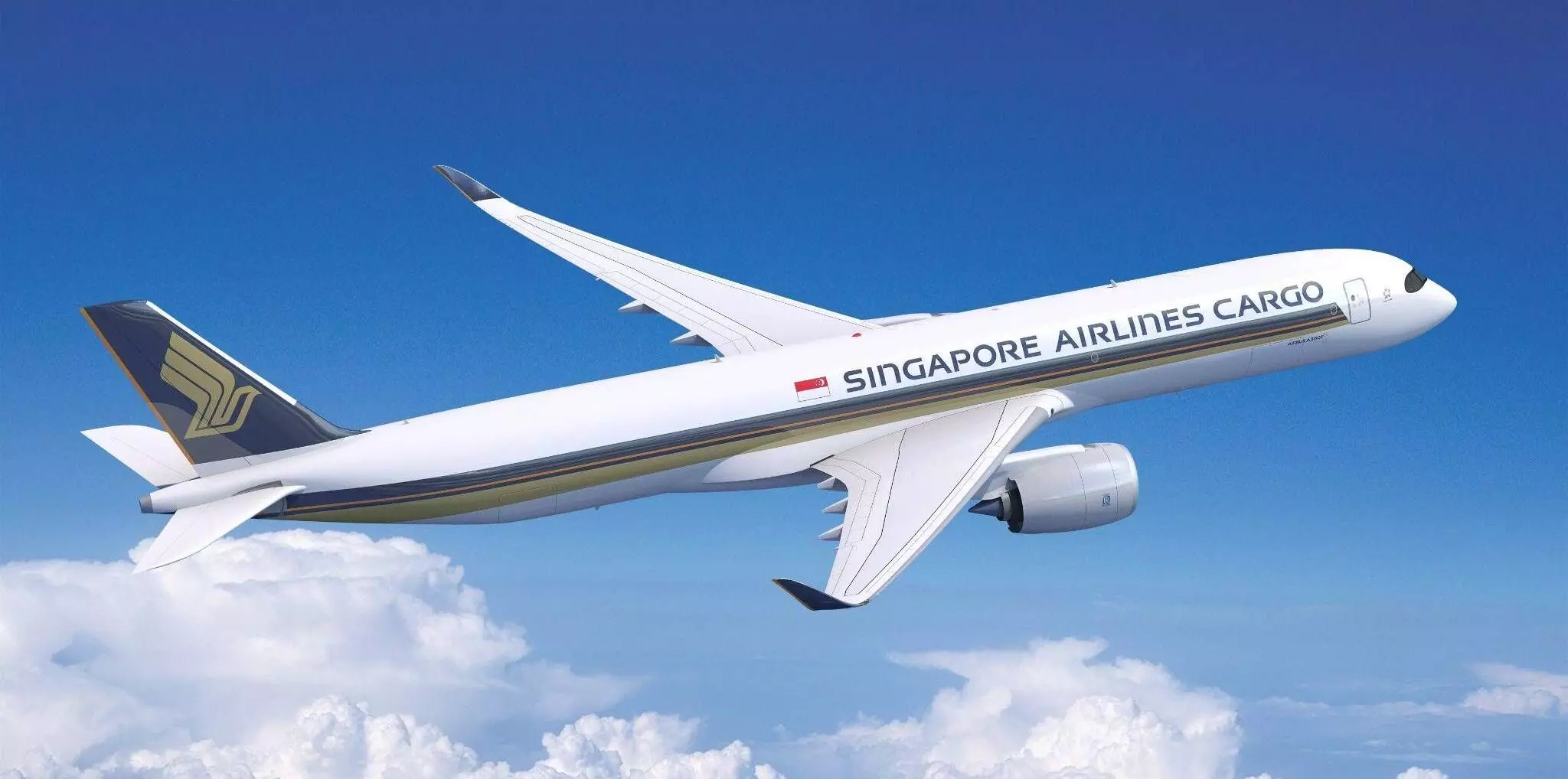
Q1 cargo growth above pre-pandemic levels: ACI APAC
Capacity is rebuilding in many parts of Asia-Pacific and Middle -East regions.

The analysis also attempts to shed light on two recurring themes plaguing the industry — the Covid-19 pandemic and the geo-political conflict. (Representational image)
The Asia-Pacific and the Middle East aviation industry is experiencing green shoots of recovery, according to the first edition of the Airport Industry Outlook, a quarterly report by Airports Council International Asia-Pacific (ACI APAC).
The report, developed in partnership with Mott MacDonald — a global engineering, management and development consultancy — provides a snapshot of how airports in the region have performed during the first quarter of 2022 (Jan to March). The analysis also attempts to shed light on two recurring themes plaguing the industry — the Covid-19 pandemic and the geo-political conflict.
The report resonates with optimism, stating that the industry showed encouraging signs of recovery in the first quarter of 2022 — capacity was rebuilding in many parts of the Asia Pacific and the Middle East regions, where cargo growth has proven to be resilient and is above pre-pandemic levels. Despite the subdued pandemic environment, airports in the region continued to provide safe and high service quality for the benefit of their passengers.
However, travel restrictions ranging from mandatory quarantines in designated facilities to pre-departure testing and on-arrival; suspension of international air travel in some parts of the region; geopolitical conflict and subsequent impacts on macroeconomic factors have proved to be detrimental to the overall growth of aviation.
The report further adds, "The sub-regions with the largest cargo shares are Developed Asia (Japan, Republic of Korea, Chinese Taipei, Hong Kong, Macau) with 32%, followed by Emerging East Asia with 29% and the Middle East with 16%. Developed East Asia was the only region in Q4 2021 that recorded traffic levels above the 2019 pre-Covid level. All other regions reported levels around 0.85% or above compared to 2019."
Director general of ACI Asia-Pacific, Stefano Baronci's commented on the report's findings on air cargo, saying "Cargo business proves, on the contrary, the leading role that Asia-Pacific plays in the global economy. Despite an improving trend, airport financial margins remained far below pre-pandemic levels and are economically unsustainable. It is therefore time to remove ineffective restrictions and enable nations to accelerate their economic growth. To achieve a truly sustainable recovery from the slump caused by Covid-19, cooperation and the establishment of standards that harmonise the processes for international travel between states are crucial. The global recovery will only be realised with the escalation of vaccination campaigns, development of digital health passes, and supportive policies from governments."
Opening Borders & Easing Restrictions
Boosted by high rates of vaccination (70% or above in the six largest aviation markets), since early 2022, many countries have been easing entry requirements, but parts of Emerging and Developed East Asia (Japan, Republic of Korea, Chinese Taipei, Hong Kong, Macau, China, Mongolia and Democratic People's Republic of Korea) have kept quarantine requirements in place. In the Asia Pacific and ME, currently, 20 countries have no significant entry restrictions.
China plays a key role in the region as most South-East Asian Airports and Australia are largely dependent on Chinese travellers. The reopening of international air travel to and from China will not only accelerate growth in the region but also provides a thrust to the industry across the globe.
Robust Cargo Growth
Cargo growth has proven to be resilient in comparison with passenger traffic and remains significantly above pre-pandemic levels. As passenger airlines return providing more belly capacity, air cargo is expected to continue its growth trajectory.
The sub-regions with the largest cargo shares are Developed Asia (Japan, Republic of Korea, Chinese Taipei, Hong Kong, Macau) with 32%, followed by Emerging East Asia with 29% and the Middle East with 16%. Developed East Asia was the only region in Q4 2021 that recorded traffic levels above the 2019 pre-Covid level. All other regions reported levels around 0.85% or above compared to 2019.

